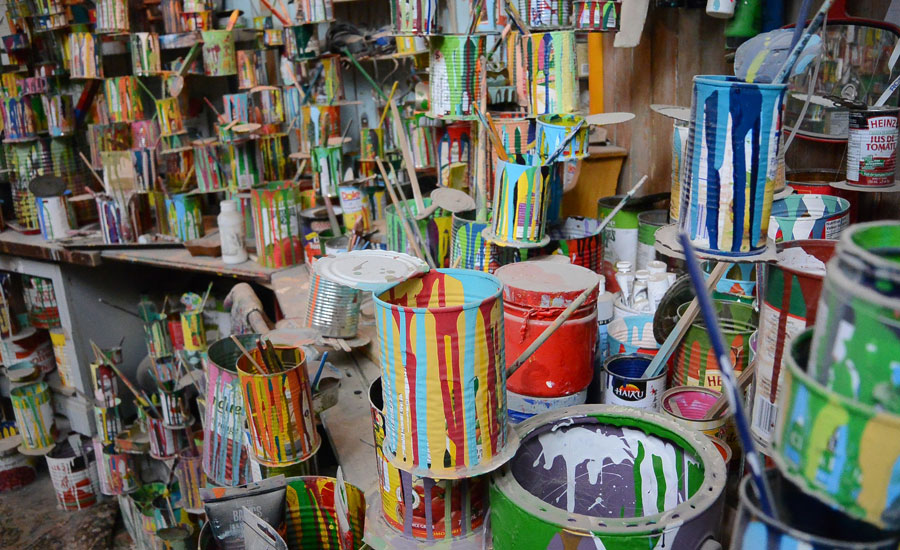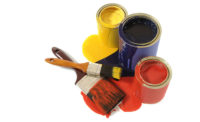Amidst the booming sales, paint manufacturers in Britain are breaking industry records when it comes to paint recycling.
In research released by the British Coatings Federation (BCF), factories are now recycling paints and coatings four times more than what they were 19 years ago. The recorded waste going to landfill has declined to only 2.8 kilograms per ton of production compared to 1996’s output of almost 50 kilograms.
BCF’s chief executive officer Tom Bowtell applauded the industry’s sustainable commitment and said, “The industry is working continuously to both reduce overall waste, and improve the way that it is managed. I’m proud of the industry’s record-breaking levels of recycling, which shows our commitment to the environment.”
The data was gathered from the organisation’s ‘Coating Care Programme’ that reports on key performance indicators related to health, safety and the environment. Every year, the BCF Coatings Care Progress and Coating Care Overall Best Performer Awards are held welcoming its close to 40 members.
Along with the recycling data, BCF also announced that they have started a national project that will manage waste paint down the supply chain.
Cheap Paint Recycling
Consultancy technology firm Seymourpowell recently developed a technology that will make recycling paint and coatings more cost-effective and easier on a mass scale for the first-time. The company is working with Dulux-owner AkzoNobel and Newlife Paints.
According to the report by Design Week UK, the affordable paint recycling technology is based on the concept of a vacuum cleaner that mechanises the process of decanting unused paint from tins. If this is used commercially, it could help to save on resources as well as reduce landfill waste.
Seymourpowell have experimented with different pain recycling technologies, including high-pressure air jets, vibrations, crushing and squeezing paint tins, and a huge ‘worm-screw’ device that can crush tine and drain paint simultaneously.
Increasing Demand for Paint
Global demand for paint and coatings is projected to increase by 3.7% per year, reaching 54.7 million metric tonnes by 2020. The market is expected to be worth nearly £150 billion by 2020.
The data presented by industry market researcher The Freedonia Group revealed that there will be a turnaround in paint sales in the United Kingdom, encouraged by the improved economic output and a recovering construction sector.
Despite the current economic and political uncertainty in the UK, demand for paint and coatings will continue to increase from both a consumer and business end perspective.
A report by the Painting and Decorating News revealed that six out of ten British homeowners are set to splash cash on home refurbishments and upgrades. This will include, of course, a fresh splash of paint here, according to the report (68%). By the year end, consumers are expected to spend an estimated £35 billion in upgrading their homes
Production Decline?
The coatings sector in the UK has some significant concerns related to economic and regulatory landscape post-Brexit, with the potential change it trade agreements seen as a risk rather than an opportunity. There are specific concerns around both tariff and non-tariff barriers too. Without a concrete free trade agreement in place or an alignment of UK an EU chemical regulation, 10% of manufacturers are considering moving their operations to mainland Europe.
FXCM explained that an established free trade agreement with the EU will “lose foreign direct investment equal to 2.2% of gross domestic product,” without it the FDI will suffer a major decline that is equal to between 6.3% and 9.5% of GDP.
Paint and coatings are a vital ‘enabling’ economic indicator to other key industries (i.e. automotive, construction), which allows manufacturing to thrive in the UK. Thus, a competitive UK manufacturing base for paints and coatings is important for the whole of the UK and its economy.





Report Abusive Comment